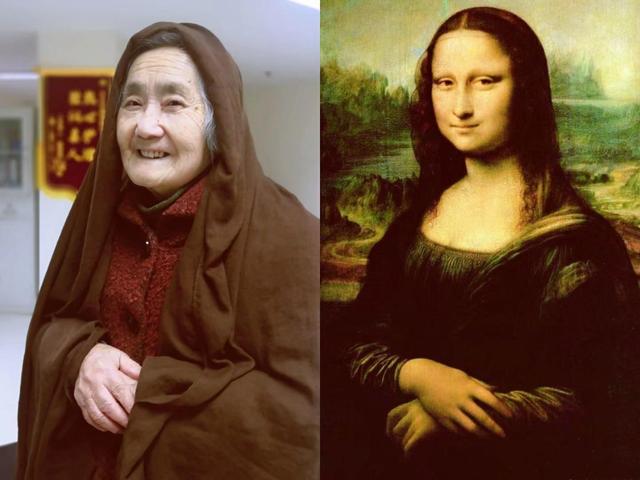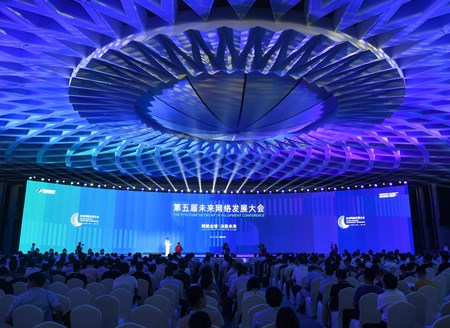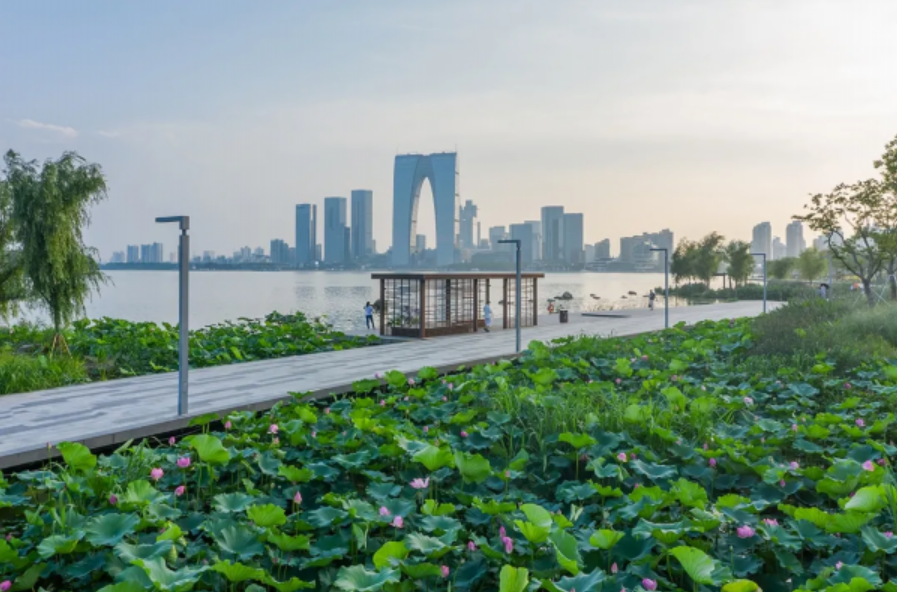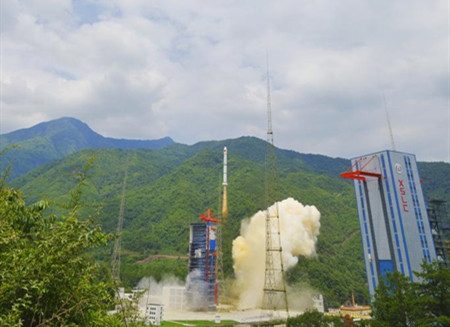China Daily published an article relating to the protection and development of Suzhou’s ancient city area on its front page for May 13, 2021. Titled “Suzhou makes best use of ancient and modern”, the article focuses on Gusu district’s efforts toprotect the old city and restore its history and culture.

The following is an excerpt from the article.
Conservation work has been combined with urban construction
The city of 10 million people, which is a major tourist draw, has taken vast strides in recent years, with a booming modern manufacturing sector established in newly developed industrial zones.
Impressive progress has been made, but the sixth-largest city-level economy on the Chinese mainland also boasts a proud history that has been meticulously protected by locals.
Gusu district in the heart of Suzhou is home to the city’s rich cultural legacy – best exemplified by its classical gardens that are a UNESCO World Heritage site.

Picture from China Daily
During the 1990s, a construction rule was rigidly enforced. This is still the case today. No new building in the ancient city area can be higher than 24 meters – one-third the height of Beisita, a landmark Southern Song Dynasty (1127-1279) pagoda in downtown Suzhou.
Thanks to the rule, no skyscraper breaks the skyline in the ancient city.
In 2018, a provincial-level regulation covering the ancient city area was implemented to rigidly supervise construction. The rule, in particular, stressed that basic colors used in the area should be black, white and gray to “reflect simple but elegant aesthetics”.

Picture from szgsfb
Community rebirth
In September, Suzhou was listed by the National Cultural Heritage Administration as one of six national-level exemplary areas for the protection and use of cultural relics.
Huang Aijun, the Party chief of Gusu, said, “We will continue our efforts to comprehensively and dynamically protect our heritage. Conserving the area's history will be combined with urban construction.”
Renovation work on the main ancient neighborhoods will be completed within three years, Huang said, and more projects will follow to better protect the former residences of notable figures from the past and to promote landmark sites.
Suzhou, a major hub for writers and academics in ancient times, once contributed a long list of notable officials through the national exam system. In ancient China, 50 people from Suzhou gained the title of zhuangyuan, the most among all cities in the country.
Pan Shi’en (1770-1854) was a prime example. Standing out for his academic performance, and gradually becoming one of the country’s top officials, Pan served four emperors during the Qing Dynasty (1644-1911). Renovated in 2013, one of his former residences was turned into a museum for zhuangyuan – candidates who took top place in annual national-level recruitment exams for officials.
The site, which boasts a wealth of cultural relics, is not only dedicated to Pan, but to a group of successful figures like him who reached their ultimate goal in life – to serve the country.

Picture from China Daily
Ideas benefit natives
In revitalizing old neighborhoods, Suzhou faces a problem common to many cities. As unfashionable industries are moved out of the ancient area to protect cultural heritage, and old homes fall victim to rapid urban development, how can local people be encouraged to remain?
Some recent renovation efforts in Suzhou have set an example though.
In 2019, the television reality show Dream Home inspired designers to renovate a market near Pingjiang Road, which used to mainly sell vegetables. Within a few months, the show had become an online hit.

Picture from szgsfb
After the renovation, Shuangta Market features exquisite and fashionable decorations, shops selling creative souvenirs, together with a bookstore and cafes. The market is equipped with a big data analysis system to accurately trace the origins of every vegetable sold and to ensure the venue runs like a factory.
Liu Yunlong, a manager at the site, said some people doubted whether a vegetable market should undergo such an elaborate transformation. However, by redefining a market in the ancient city, he said more possibilities have been created and the venue has proved popular.
About 8,000 people visit the market on a weekday, and the number rises as high as 12,000 on weekends. All the 60 or so original shopkeepers and vendors remained at the venue after the renovation. Similar improvement projects have been carried out at five other markets in the ancient city area.
Life is slower in the ancient city area, where an area for locals to sit and read quietly is vital, rather than them staring at digital devices.
Zhaoqing Temple, near Pingjiang Road, was built during the Yuan Dynasty (1271-1368), but later abandoned. It was used as a primary school from the 1950s to the 1980s, but saving the fading architecture became a problem after the school moved.

Picture from China Daily
Shi Zheng, director of the Gusu district cultural gallery, explained the idea to renovate the site and turn it into a community cultural center.
“People today may find it difficult to search for some old but precious files on local culture in public libraries, but the center is a perfect place for them,” Shi said.
A large collection of books on the Wu dialect, history and culture are housed in the cultural center library, which loaned more than 30,000 books to local residents last year, Shi said.
Exhibitions and lectures on intangible cultural heritage and other folk art in Gusu are also held regularly at the center to help people remember the past and better know their hometown.
To attract more young people, performances of xiangsheng, the comic dialogue also known as crosstalk, are organized every Saturday night, offering a new tourist attraction for the community.





